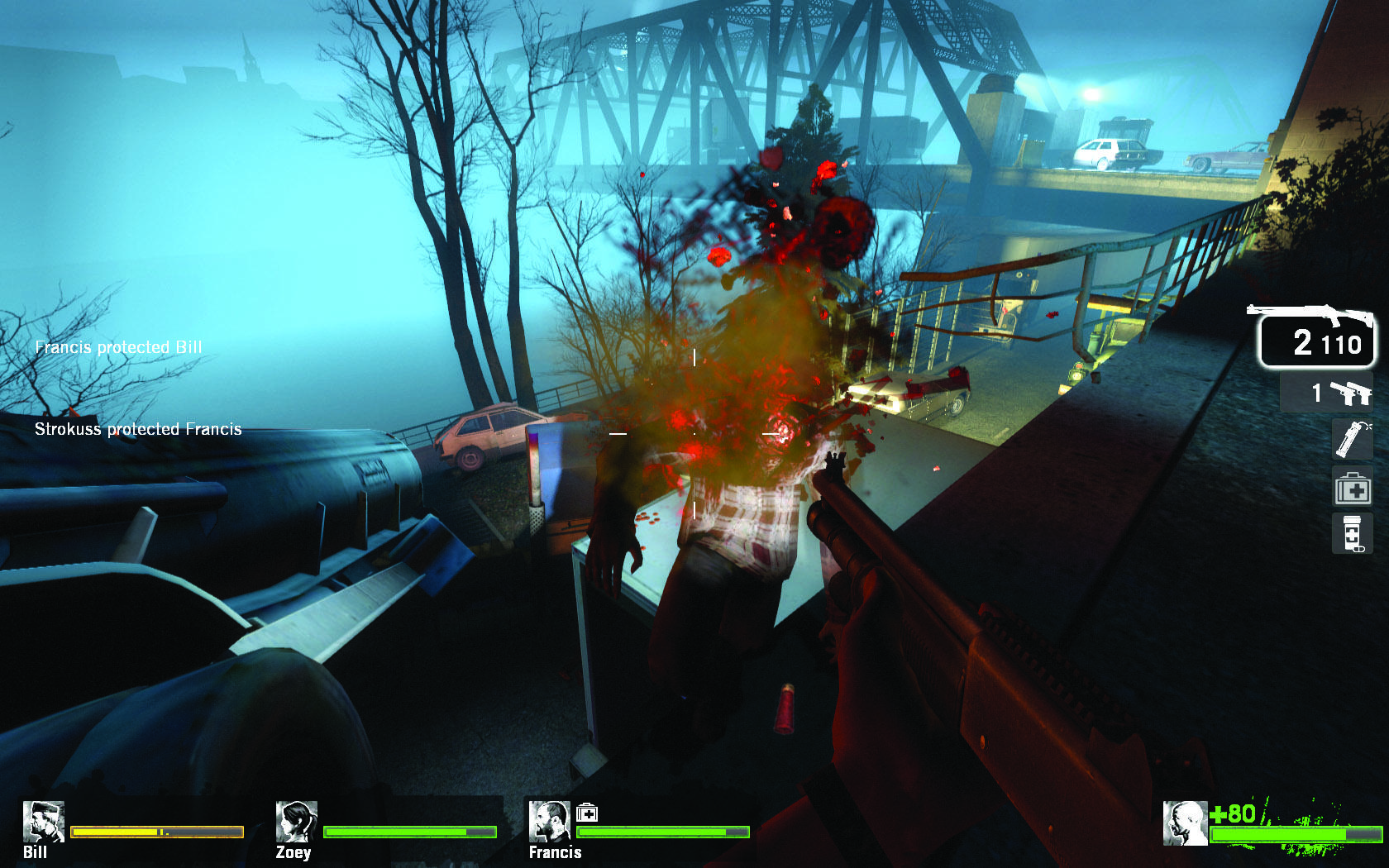GamesRadar+ Verdict
Pros
- +
Incredibly tense gameplay
- +
Versus mode multiplayer
- +
Extremely replayable
Cons
- -
Only two versus campaigns
- -
No character customization
- -
No explicit story
Why you can trust GamesRadar+
Rescue is here - after a long, bloody battle with countless zombies, you and three fellow survivors have made it to the rooftop of a ravaged hospital, where a helicopter lands to evacuate you to safety. In a blaze of gunfire and guts, you and two of your companions fight your way to the helipad and climb aboard the chopper, but the fourth member of your team is wounded and limping behind you. At the last second, a snake-like tongue shoots out from the darkness, wraps around him, and drags him kicking and screaming back into the grasp of the horde.
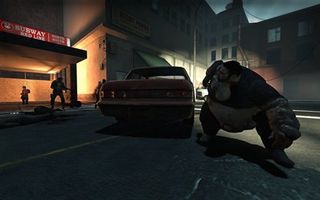
You have a choice to make: do you leave the chopper, endangering the lives of the rest of the team, to attempt a rescue? Or do you cut your losses, tell yourself you couldn’t have saved him, and try to ignore the horrible sounds of a swarm of flesh-hungry zombies tearing him limb from limb? The essence of gaming has often been described as “a series of interesting choices,” and this is easily one of the single most interesting choices I’ve ever faced.
Left 4 Dead is based on the same plot as those of nearly every zombie horror film ever made: as one of four survivors of a devastating zombie apocalypse, you must get from point A to point B in one piece in order to escape, but between you and your goal is an army of hungry zombies. L4D pays homage to its inspirational source material with movie poster-style loading screens and end-of-round stats that roll like credits. The four campaigns each average a little over an hour in length; they’re designed primarily to be played in co-op mode with three other players over LAN or Steam’s online matchmaking service, but you can play them all in single-player mode along with three AI-controlled survivors.
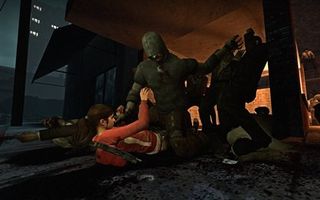
Each campaign begins with the four survivors in a “safe room” stocked with weapons, ammunition, and medical supplies, and equipped with a reinforced zombie-proof door (and a barred window that a zombie arm can reach through, groping around for a victim). The moment you unlock the door and step into zombie-infested territory is a good time to unlearn everything you know about playing squad-based shooters, because in L4D, to lose sight of your teammates is to invite doom.
The battle for survival is fast, bloody, and terrifying in a way so few “horror” games are. Swift-moving 28 Days Later-style zombies charge at you from everywhere and anywhere, attempting to grab a chunk of meat. L4D’s “Director” AI is remarkably effective at keeping you on your toes by spawning zombies in different, unexpected spots, giving you only a few moments to regroup between waves. The effect is seamless; while you will often be attacked by zombies coming from an area you’ve already swept clean, which makes no logical sense if you stop to think about it, there is little time for reality checks, and you’ll be too busy enjoying blasting zombie heads off to care, anyway.
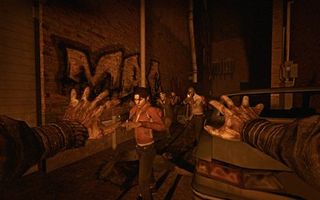
Maybe it’s because there haven’t been many good co-op-focused games up to this point, but this is the first time I have felt that I truly needed to act as part of the group in order to succeed. In most other team-based games (Counter-Strike being a notable exception), a “team” is a loose association of players who can run off and do their own thing if they want, and if they get killed, they just respawn and repeat. In L4D, respawning isn’t a right, it’s a privilege - get taken out and your teammates will have to find another survivor locked up in a closet (you, placed by the Director), or else you’re stuck in spectator mode until they reach the next safe room. Survivors are quite durable, though, and can be helped back up by a teammate even when their health is knocked down to zero a few times, so you don’t spend too much time in the penalty box.
More info
| Genre | Shooter |
| Description | An incredibly tense multiplayer experience like no other. A must buy for shooter fans. |
| Platform | "Xbox 360","PC" |
| US censor rating | "Mature","Mature" |
| UK censor rating | "18+","18+" |
| Alternative names | "Left For Dead" |
| Release date | 1 January 1970 (US), 1 January 1970 (UK) |
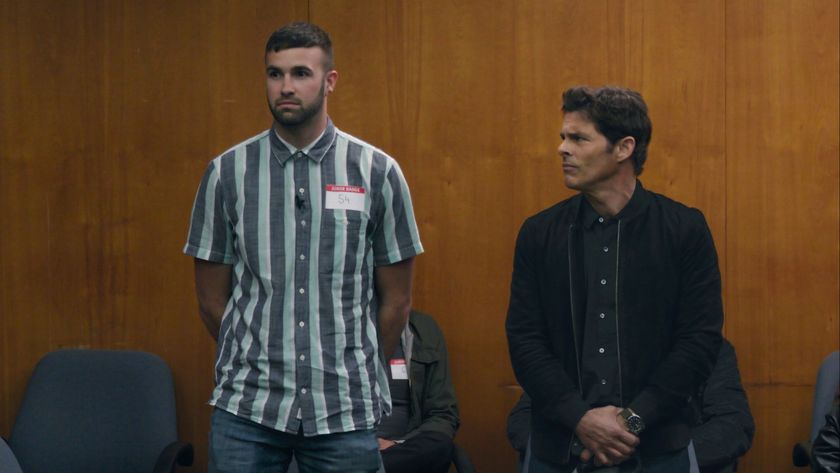
This Amazon hidden gem with a near-perfect Rotten Tomatoes audience score has been renewed for season 2 – and it's already been filmed in secret
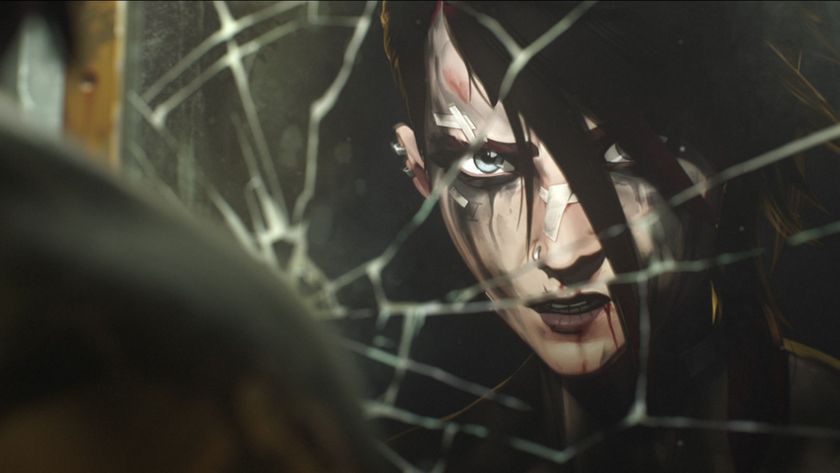
Arcane season 2 will be available outside of Netflix as physical release planned

Pokemon reaches settlement in lawsuit over mobile game "Pocket Monster: Remake," operators "sincerely apologize" and say they've "learned our lessons"
Most Popular




